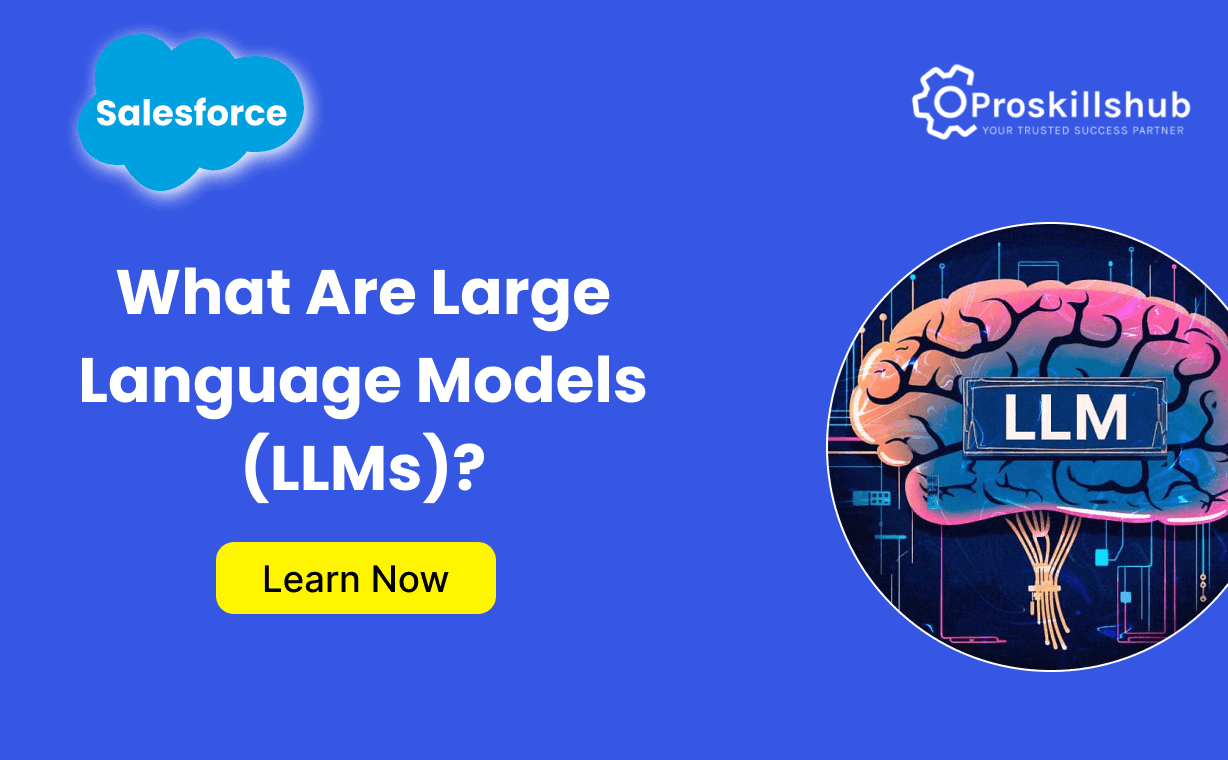Large Language Models (LLMs) are a groundbreaking advancement in artificial intelligence (AI) and natural language processing (NLP). These models are designed to understand, generate, and respond to human language in a way that closely mimics human intelligence. Their ability to process and produce coherent text has revolutionized industries, from customer support to content creation, data analysis, and software development.
This article explores what Large Language Models are, their functionality, key features, applications, challenges, and their impact on modern technology.
Understanding Large Language Models
At their core, Large Language Models are a subset of machine learning models built on deep neural networks. They are trained on massive datasets containing text from books, websites, articles, social media, and other sources to predict and generate coherent text.
Key Characteristics of Large Language Models:
- Scale: LLMs, like OpenAI’s GPT series or Google’s BERT, contain billions (and even trillions) of parameters, making them “large.” These parameters determine how the model processes and generates text.
- Context Understanding: LLMs use sophisticated techniques like attention mechanisms to understand context and produce relevant outputs.
- Pretraining and Fine-tuning: These models undergo two major phases of training:
- Pretraining: The model is exposed to vast amounts of text to learn language structure and patterns.
- Fine-tuning: The model is adapted for specific use cases or industries.
- Versatility: LLMs are highly adaptable and can perform a range of language-related tasks, including translation, summarization, sentiment analysis, and code generation.
How Do Large Language Models Work?
LLMs rely on a deep learning architecture called Transformers. Introduced in 2017 by Vaswani et al., Transformers leverage an attention mechanism to process and relate different parts of a text sequence, enabling models to understand the context of a word or sentence.
Key Components of LLMs:
- Tokenization: Text is broken into smaller units called tokens, which can be words, subwords, or characters.
- Embedding: Each token is converted into a numerical representation that captures its meaning in a multidimensional space.
- Attention Mechanism: The model identifies relationships between tokens to determine their contextual importance.
- Feedforward Layers: The processed information passes through layers of neural networks to refine the understanding of text.
- Output Generation: The model predicts the next word or phrase based on the input sequence.
Popular Large Language Models
Several Large Language Models have gained prominence for their capabilities and impact:
- GPT Series (Generative Pre-trained Transformer)
- Developed by OpenAI, the GPT series (e.g., GPT-3, GPT-4) has set benchmarks for language generation tasks.
- Applications: Chatbots, content creation, code generation, and research.
- BERT (Bidirectional Encoder Representations from Transformers)
- Developed by Google, BERT is optimized for understanding the context in both directions (bidirectional).
- Applications: Search engines, sentiment analysis, and question-answering systems.
- LLaMA (Large Language Model Meta AI)
- Developed by Meta (Facebook), LLaMA is designed to be efficient and adaptable.
- Applications: Academic research and large-scale NLP projects.
- PaLM (Pathways Language Model)
- Developed by Google, PaLM is a massive model trained on diverse datasets.
- Applications: Advanced NLP tasks like reasoning and complex problem-solving.
Applications of Large Language Models
LLMs are transforming industries with their versatility and efficiency. Here are some of their most impactful applications:
- Customer Support and Chatbots
- LLMs power virtual assistants and chatbots that can provide instant responses to customer inquiries.
- Example: AI-driven customer service platforms like ChatGPT.
- Content Generation
- LLMs can create high-quality written content, including blogs, articles, marketing copy, and social media posts.
- Example: Automated content platforms that assist writers and marketers.
- Code Generation and Debugging
- Developers use LLMs to generate code snippets, debug errors, and understand complex codebases.
- Example: GitHub Copilot, an AI-powered coding assistant.
- Translation Services
- LLMs can translate text between multiple languages while preserving context and meaning.
- Example: Google Translate’s enhanced capabilities powered by BERT and similar models.
- Sentiment Analysis
- Businesses analyze customer sentiment in reviews, social media, and feedback using LLMs.
- Example: Tools for brand reputation management and market research.
- Education and Training
- Personalized learning platforms use LLMs to create tailored lesson plans, answer questions, and provide feedback.
- Example: AI tutors that adapt to individual learning needs.
- Healthcare
- LLMs assist in medical research, patient communication, and summarizing clinical reports.
- Example: Generating insights from large volumes of medical literature.
Advantages of Large Language Models
- Scalability: LLMs can handle vast amounts of data, enabling them to produce high-quality results across diverse tasks.
- Versatility: A single model can perform multiple tasks, reducing the need for task-specific models.
- Efficiency: LLMs automate repetitive or time-consuming tasks, saving time and resources.
- Accessibility: Platforms powered by LLMs make advanced AI capabilities accessible to non-technical users.
- Continuous Improvement: With fine-tuning, LLMs can be adapted to new tasks and domains.
Challenges and Limitations
Despite their advantages, LLMs face several challenges:
- Resource-Intensive Training
- Training LLMs requires significant computational resources, making them expensive and environmentally taxing.
- Bias and Fairness
- LLMs can reflect biases present in their training data, leading to unintended consequences in their outputs.
- Lack of Domain Expertise
- While LLMs can generate human-like responses, they may lack deep domain expertise or produce inaccurate results.
- Ethical Concerns
- Misuse of LLMs for generating fake news, misinformation, or harmful content poses ethical risks.
- Lack of Explainability
- Understanding how LLMs make decisions remains a challenge due to their complex architecture.
Future of Large Language Models
The future of LLMs lies in addressing their challenges while expanding their capabilities:
- Efficient Models:
- Researchers are working on creating smaller, energy-efficient models that deliver high performance without excessive resource consumption.
- Improved Fine-Tuning:
- Advancements in fine-tuning techniques will allow models to perform specific tasks with higher accuracy and domain relevance.
- Ethical AI:
- Efforts to mitigate bias, improve fairness, and ensure ethical use of LLMs are gaining momentum.
- Multimodal Capabilities:
- Future LLMs may integrate text, images, audio, and video processing for more comprehensive applications.
- Democratization of AI:
- Open-source initiatives and accessible platforms will make LLM technology available to a broader audience.
Conclusion
Large Language Models represent a paradigm shift in how we interact with technology, enabling machines to understand and generate human-like language. Their applications span industries, improving productivity, enhancing user experiences, and driving innovation.
However, their potential comes with responsibilities. Addressing challenges like bias, ethical concerns, and resource demands is crucial to unlocking the full benefits of LLMs in a responsible and sustainable manner.
As technology continues to evolve, Large Language Models will remain at the forefront of AI advancements, shaping the way we communicate, work, and solve problems in the digital age.

